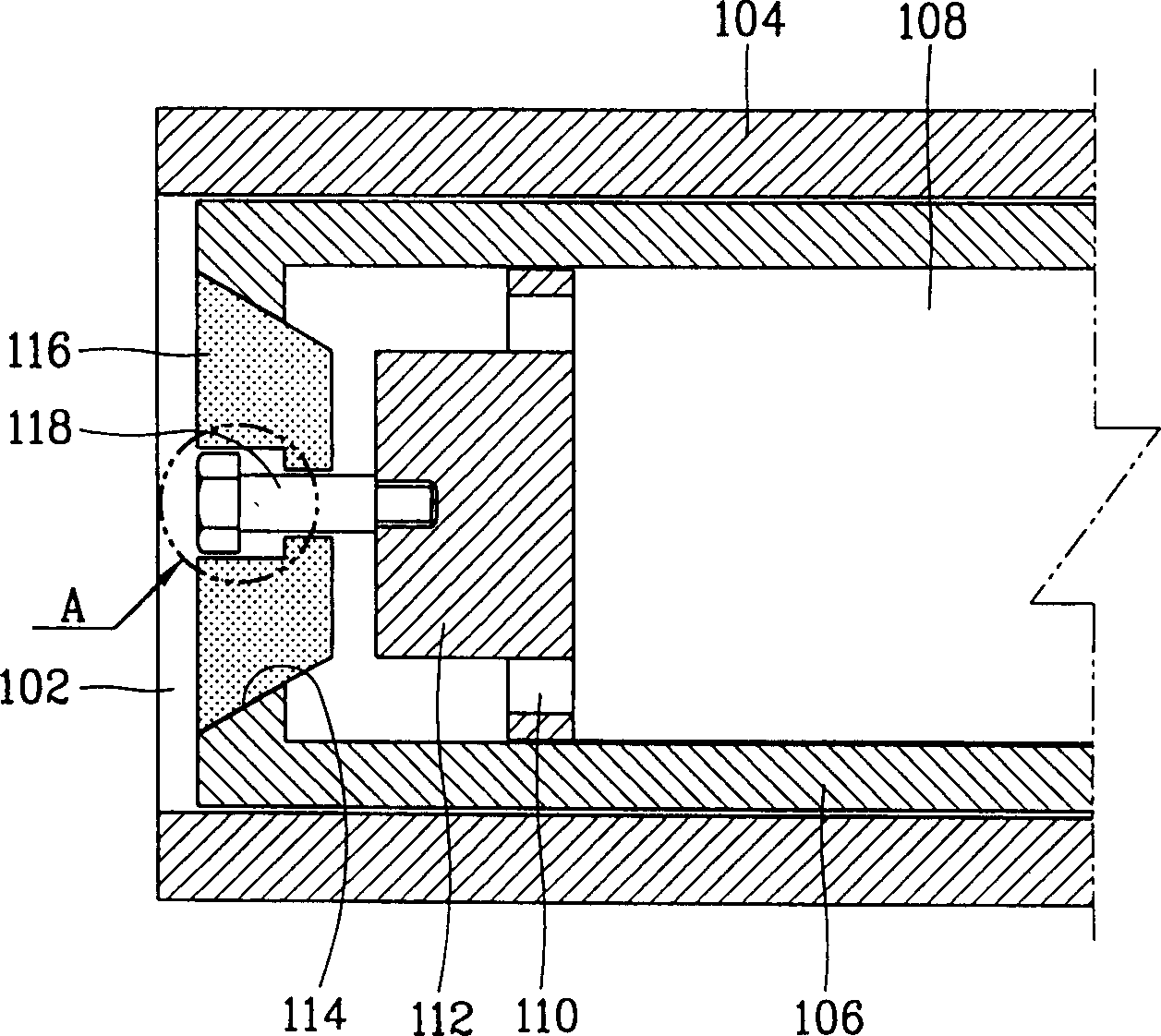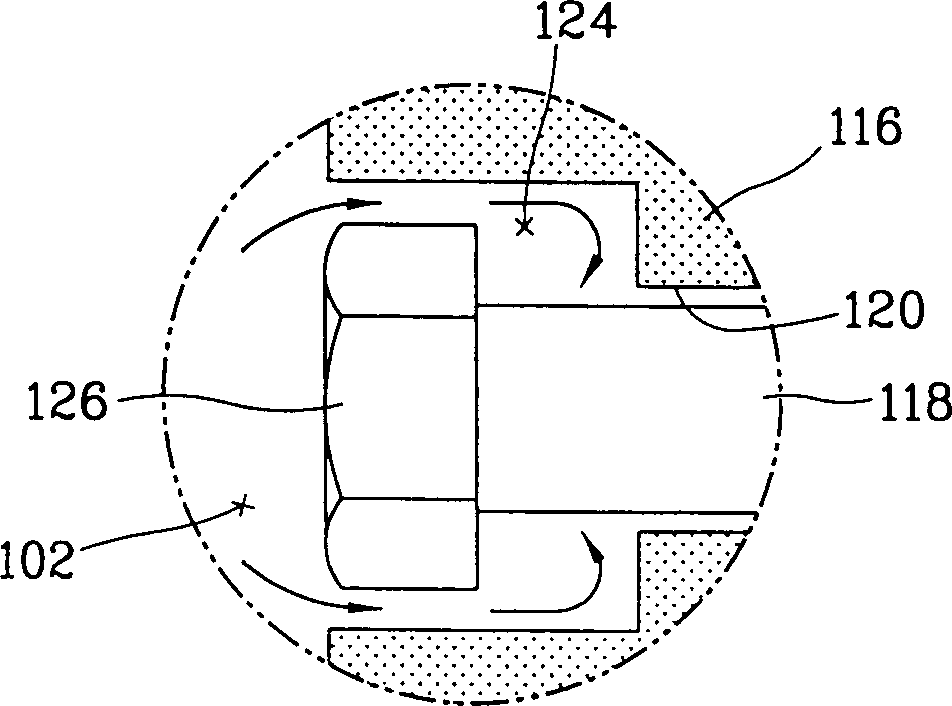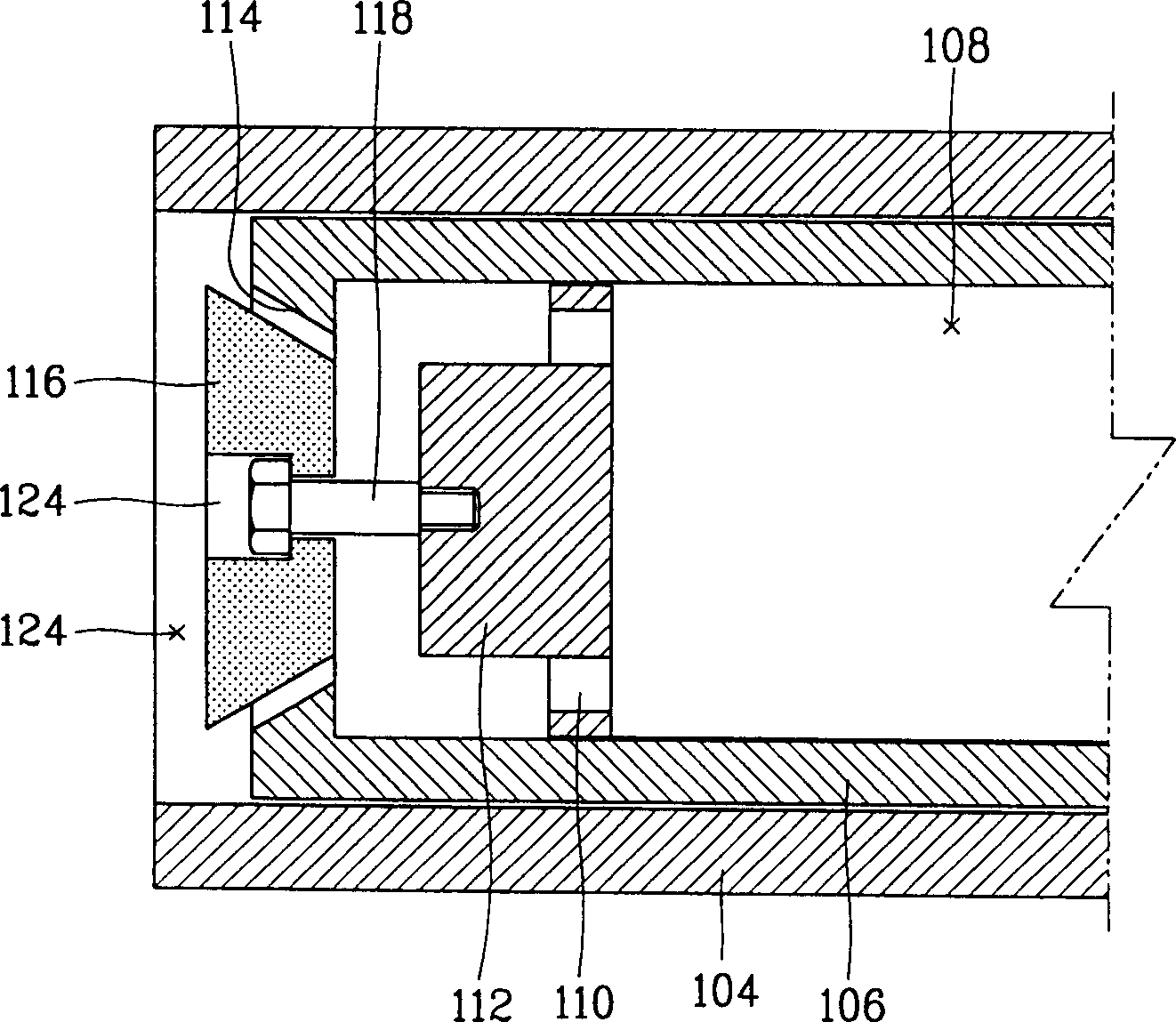Suction valve assembly of compressor
A technology for suction valves and compressors, which is applied to parts, pump elements, mechanical equipment, etc. of pumping devices for elastic fluids, and can solve problems such as increasing manufacturing costs
- Summary
- Abstract
- Description
- Claims
- Application Information
AI Technical Summary
Problems solved by technology
Method used
Image
Examples
Embodiment Construction
[0031] Preferred embodiments of the present invention will be described in detail below with reference to examples shown in the accompanying drawings.
[0032] There are several embodiments of the suction valve assembly of the compressor according to the present invention, the most preferred one of which will be described below.
[0033] Figure 4 is a partial sectional view of a compressor employing the suction valve assembly of the present invention, and Figure 5 yes Figure 4 An enlarged schematic of part "B".
[0034] The compressor of the present invention includes a cylinder 4 fixed at a compressor housing (not shown) and forming a compression chamber 2, a piston 6 arranged to linearly reciprocate in the cylinder 4 to compress fluid and form a suction passage 8 , and a suction valve assembly installed on the front side of the piston 6 and preventing fluid from flowing back from the compression chamber 2 to the suction passage 8 .
[0035] The piston 6 is sealingly r...
PUM
 Login to View More
Login to View More Abstract
Description
Claims
Application Information
 Login to View More
Login to View More - R&D
- Intellectual Property
- Life Sciences
- Materials
- Tech Scout
- Unparalleled Data Quality
- Higher Quality Content
- 60% Fewer Hallucinations
Browse by: Latest US Patents, China's latest patents, Technical Efficacy Thesaurus, Application Domain, Technology Topic, Popular Technical Reports.
© 2025 PatSnap. All rights reserved.Legal|Privacy policy|Modern Slavery Act Transparency Statement|Sitemap|About US| Contact US: help@patsnap.com



